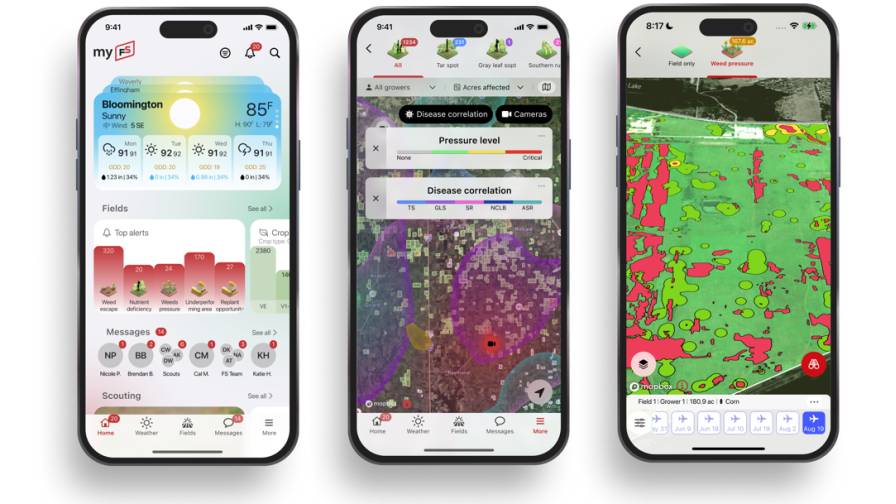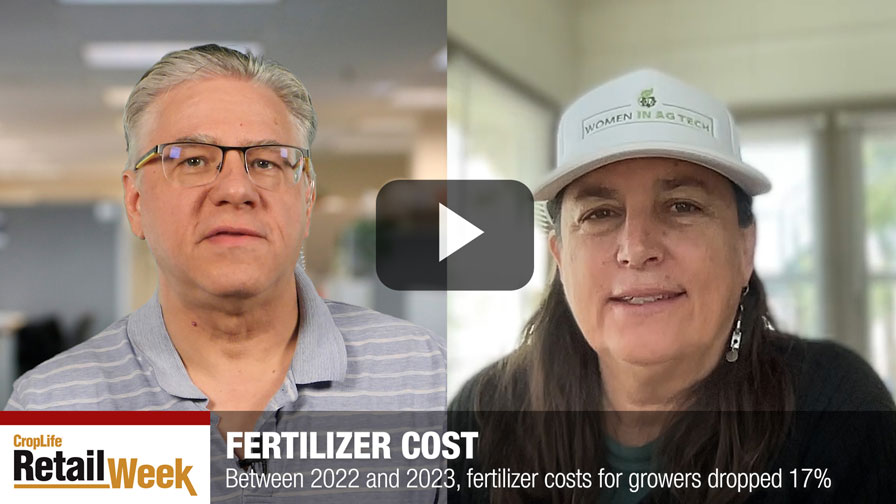Key Considerations for Fall Nitrogen Applications
Although we are not quite done with the growing season, it is not too early to start making plans for the next growing season, writes Fabián Fernandez, Nutrient Management Specialist, University of Minnesota Extension.
For some farmers and retailers, nitrogen (N) application in the fall is one of the many important decisions to make. Nitrogen is not only a large input in most corn farming operations, but it also represents an important input in terms of the environment. The soil is not a very good place to store N as this nutrient can easily end up in air or water where it can cause environmental degradation. For these reasons, Fernandez offers these important guidelines developed through years of unbiased research in hopes that this will help you make the best decisions for N management.
Where to Apply?
Fall N applications compared to pre-plant or sidedress applications often bear greater risk of N loss that can translate into reduced profitability and environmental concerns. Still, if the decision is made to go ahead with a fall application, N should be applied in the fall only in those soils and environments with the lowest potential for N loss. Places where fall N applications should not be done are soils with high potential for nitrate leaching in the fall or early spring (sandy soils or those with excessive drainage) or soils that are very poorly drained.
What to Apply?
The goal is to use an N source that will stay in the ammonium form as long as possible because once it transforms to nitrate, that is when N becomes susceptible to loss. For fields where a fall application may be appropriate, anhydrous ammonia (NH3) is the best option. This source eliminates the nitrifying bacteria at the point of application, and the activity of nitrifying bacteria within the ammonia retention zone is also inhibited for a couple of weeks because of the temporary high pH that develops as ammonia reacts with soil water to form ammonium. To lengthen the period of bacterial inhibition, it is best to include a nitrification inhibitor with the application of anhydrous ammonia. Nitrification inhibitors, such as N-serve, can protect fall N against loss, but the greatest potential for loss occurs in the spring; by that time the inhibitor is less effective due to its breakdown over time. Nitrogen sources containing nitrate should never be used for fall applications.
Continue reading at the University of Minnesota Extension.





